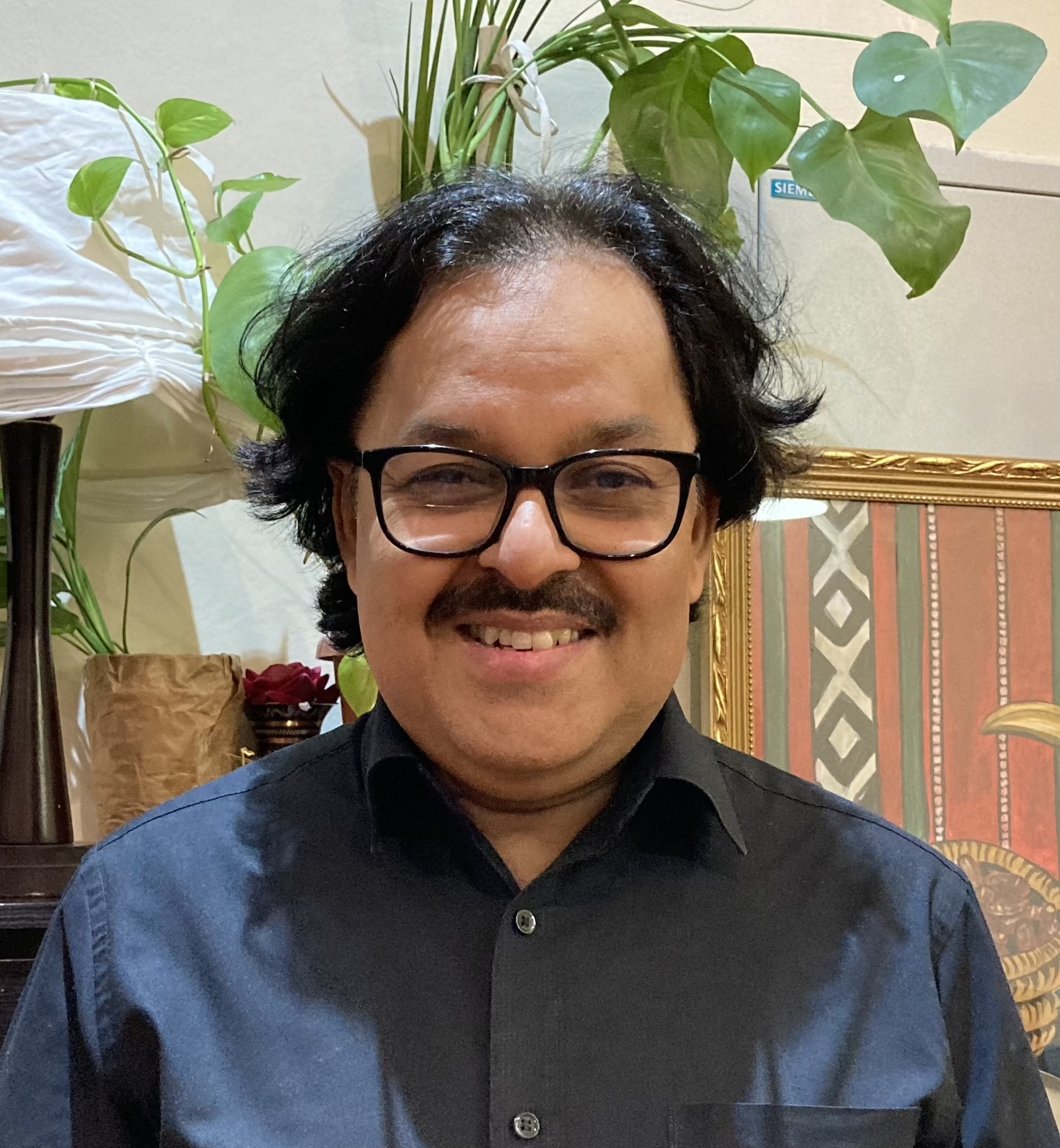Research Publications
Theoretical Interests
Language and identity, language ideology, multilingualism, language and communication, language policy, language movements, sociolinguistics of orthography, diglossia, and discourse analysis.
Field Specialization
My research is primarily focused on Urdu in India and Pakistan & Arabic and Migrant languages in the Arabian Gulf.
Refereed Publications
2025 (In Press) India and Pakistan: Two Nations Divided by the Same Language and Different Language Ideologies about Urdu. Orient Blackswan.
2025 (In Press) Language Hierarchy: English and other working languages in a high-risk industry. (with Melanie van Den Hoven). Taylor & Francis.
2025 (In Press) Combating Islamophobia: English in the linguistic landscape of FIFA World Cup Qatar 2022. (with Sara Hillman). Taylor & Francis.
2023 (with Vladimir Kulikov et al) Muslim personal names in Urdu: structure, meaning, and change. International Journal of the Sociology of Language. 283. 161-188.
2023 “Challenges of Communication and Identity in the Gulf: Insights from Qatar and the UAE”. In: Rahman, M.M., Al-Azm, A. (eds) Social Change in the Gulf Region. Gulf Studies, vol 8. Pp 287-304. Springer, Singapore.
2022 (with Abdul Gabbar Al-Sharafi). Translating the sacred: Agency in translating verb-noun alternation in the Qur’an. Available Online.
2021 (with Sara Hillman). Laboring to communicate: Use of migrant languages in COVID-19 awareness campaign in Qatar, Multilingua 40, no. 3, 2021, pp. 303-337.
2020 (with Torlakova et al). Figurative Language in Arabic E-Commerce Text. International Journal of Business Communication. 57.3. 279-301.
2020 “Hate, Bigotry, and Discrimination against Muslims: Urdu During the Hindutva Rule”. In Disrupting Hate in Education: Techer Activists, Democracy, and Global Pedagogies of Interruption. Eds. Rita Verma & Michael Apple. Pp 129-152. New York, Routledge.
2020 “From Rajjal to Rayyal: Ideologies and shift among young Bedouins in Qatar”. In The Routledge Handbook of Arabic and Identity. Reem Bassiouney & Keith Walters. Pp 13-25. New York, Routledge.
2018 (in press) My name is Khan. . . from the epiglottis: Changing linguistic norms in Bollywood songs. Journal of South Asian Popoular Culture. Taylor & Francis.
2017. Metaphorical Expressions in E-Commerce: A Study of Arabic Language. Journal of Global Information Technology Management. . Vol. 20.2. pp 75-90. (with Divakaran Liginlal et al.) (Taylor & Francis/Routledge).
2016. Expatriate Languages in Kuwait: Tension between Public and Private Domains. Journal of Arabian Studies. . Vol. 6 (1) pp 29-52. (Taylor & Francis/Routledge)
2016. Teaching linguistic diversity through linguistic landscaping. Journal of Language and Language Teaching. Vol. 5 (1) pp. 1-7, Azimpremji University, India.
2015. The polyphony of Urdu in postcolonial North India. The Journal of Modern Asian Studies. Vol 49.3, pp 678-710.
2012. Hindi is perfect, Urdu is messy: the discourse of delegitimation of Urdu in India. In Mark Sebba & Jannis Androutsopoulos. Orthography as Social Action: Scripts, Spelling, Identity and Power. pp 103- 133. Berlin: Mouton de Gruyter.
2011. Urdu in Devanagari: Changing orthographic practices and Muslim identity in Delhi. Language in Society. 40.3. pp 259-284.
2010. How do I know you are not a CBI agent?: Examining the identity of a researcher in sociolinguistic fieldwork. In Imtiaz Hasnain & Shreesh Chaudhary. Problematizing language studies: Cultural, theoretical, and applied perspectives. pp. 426-435. Delhi: Aakar Books, 2010.
2008. Scripting a new identity: the battle for Devanagari in nineteenth-century India. Journal of Pragmatics. 40.7. pp 1163-1183.
2008. Unpacking indexicality: Urdu in India. In Amy Brown and Josh Iorio: Texas Linguistic Forum. Austin: University of Texas. pp 1-9.
Researched Documentaries
2022. Mal Lawwal: Linguistic landscapes of Qatar. A documentary on public signs in Qatar.
2021. Will Urdu Survive in India?. A documentary on the Urdu language in public sphere including Bollywood.
